Free Courses Sale ends Soon, Get It Now


Free Courses Sale ends Soon, Get It Now


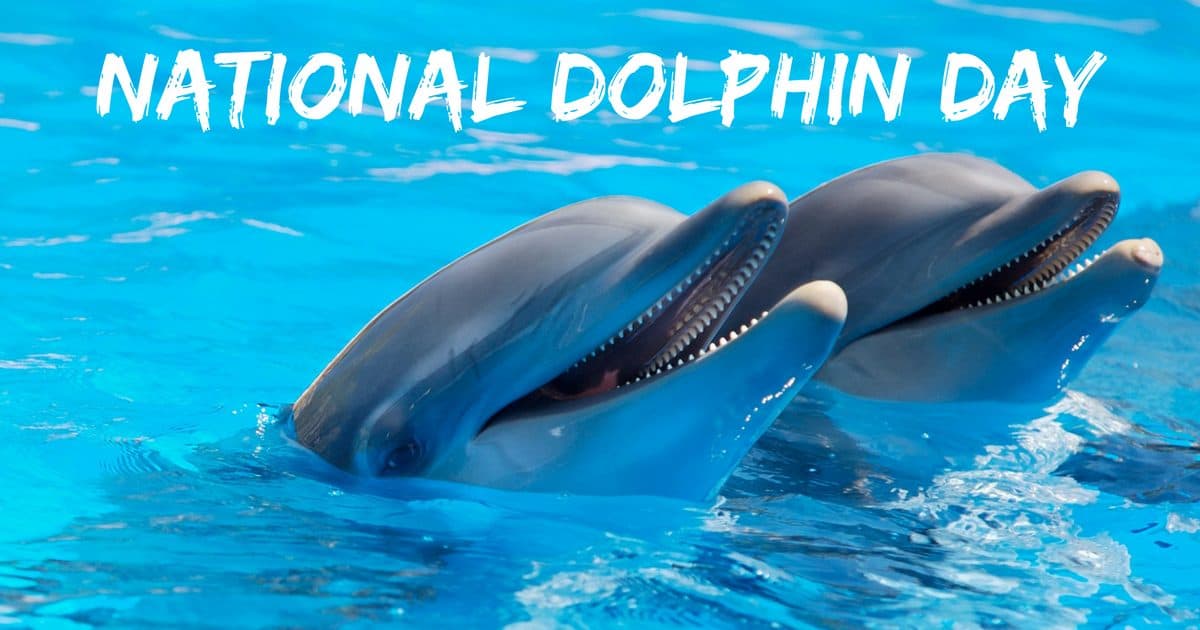
Copyright infringement is not intended
Context: The Union Environment Ministry has designated October 5 as National Dolphin Day, to be observed annually starting this year.
More about news:
National Board for Wildlife
About South Asian river dolphin (Platanista gangetica)
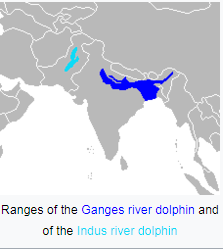
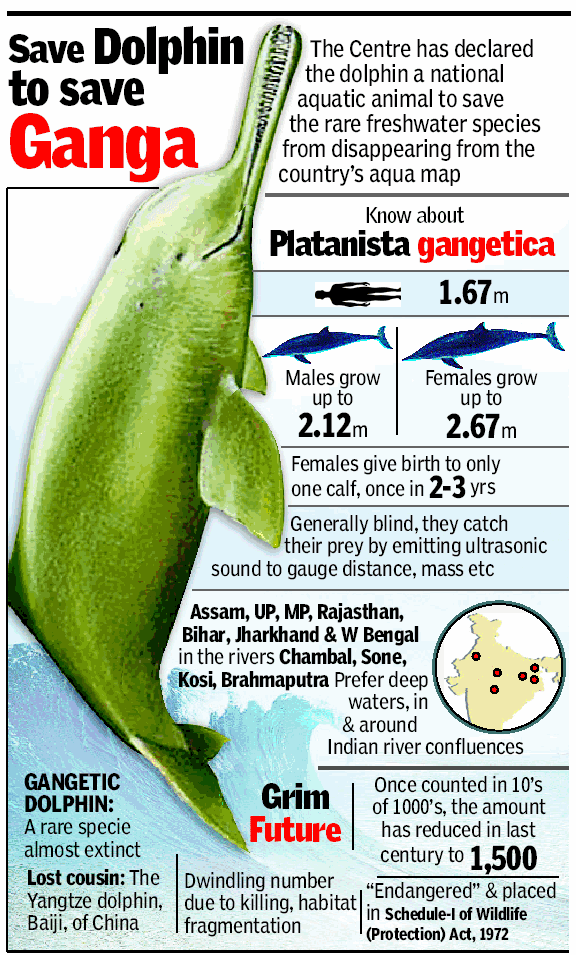
Synonyms
Distribution and habitat:
Ecological importance:
Conservation:
Major Threats
The Irrawaddy dolphin (Orcaella brevirostris)
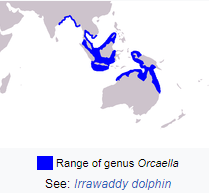
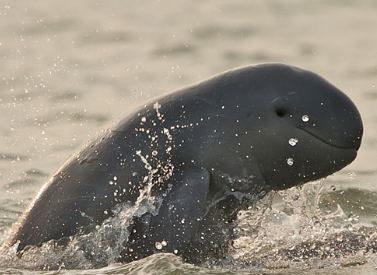
Project Dolphin
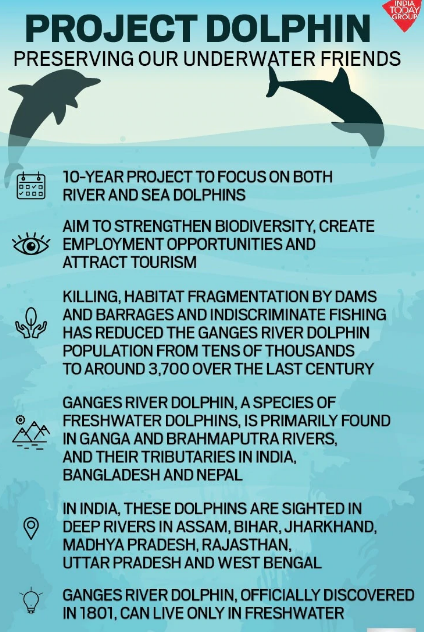
https://www.pib.gov.in/PressReleasePage.aspx?PRID=1809800
© 2024 iasgyan. All right reserved